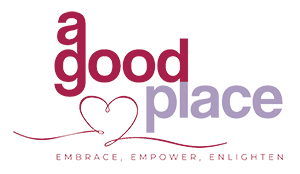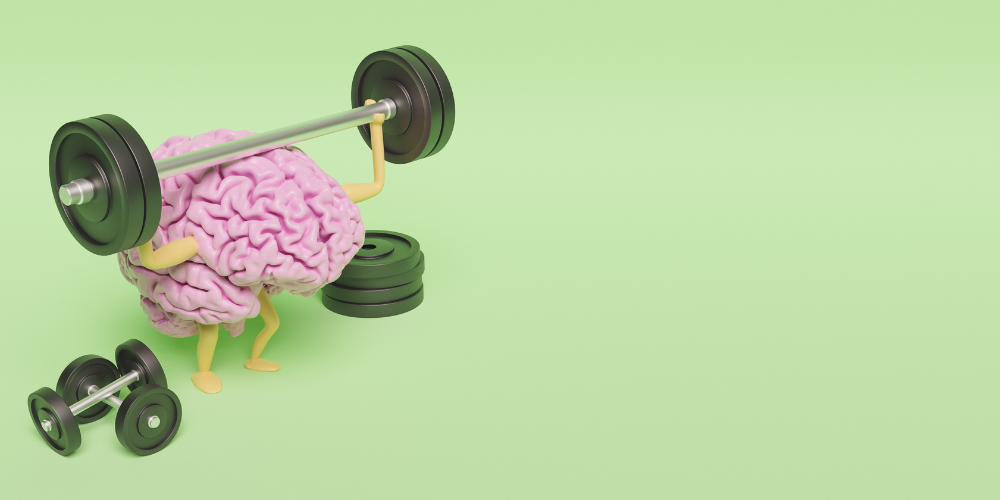What Are The Most Common Mental Health Issues? Our Online Therapist Have Your Answer
By: A Good Place Therapy
Mental health problems affect millions of people worldwide. Understanding the most common mental health issues, their symptoms, and available treatments is crucial for promoting awareness and providing support.
In this article, we will explore three of the most prevalent mental health problems, provide specific examples for each, discuss their symptoms, highlight popular treatments, and address frequently asked questions (FAQs) to enhance understanding and foster a compassionate approach to mental health.
Let’s get right into it.
1. Depression: Navigating The Depths

Depression is a mood disorder characterized by persistent feelings of sadness, hopelessness, and a loss of interest in activities. It can significantly impact daily life. Let’s explore three specific examples of depression:
- Major Depressive Disorder (MDD):
- Definition: MDD is a severe form of depression that lasts for at least two weeks and interferes with daily functioning.
- Symptoms: Persistent sadness, loss of interest, changes in appetite and sleep patterns, lack of energy, difficulty concentrating.
- Treatments: Therapy (e.g., cognitive-behavioral therapy), medication (e.g., antidepressants), support groups.
- Postpartum Depression:
- Definition: Postpartum depression occurs in women after childbirth, often due to hormonal changes and the challenges of adjusting to motherhood.
- Symptoms: Intense sadness, feelings of guilt, withdrawal from loved ones, changes in appetite and sleep patterns.
- Treatments: Therapy, medication (in severe cases), social support, self-care practices.
- Seasonal Affective Disorder (SAD):
- Definition: SAD is a type of depression that occurs seasonally, usually during the winter months when there is less sunlight.
- Symptoms: Depressed mood, low energy, social withdrawal, increased sleep, cravings for carbohydrates during specific seasons.
- Treatments: Light therapy, therapy, medication (in severe cases), regular exercise, maintaining a healthy lifestyle.
FAQs about Depression
- “What are the signs and symptoms of depression?”
- Answer: Signs include persistent sadness, loss of interest, changes in appetite and sleep patterns, lack of energy, and difficulty concentrating.
- “How is depression diagnosed and treated?”
- Answer: Diagnosis involves a comprehensive evaluation by a mental health professional. Treatment may include therapy, medication, and support groups.
- “Can depression be cured?”
- Answer: While complete cure may not be possible, depression can be effectively managed with appropriate treatment, self-care, and support systems.
2. Anxiety Disorders: Confronting the Overwhelming

Anxiety disorders involve excessive worry, fear, and a range of physical and psychological symptoms that can significantly impact daily life. Let’s explore three specific examples:
- Generalized Anxiety Disorder (GAD):
- Definition: GAD is characterized by excessive worry and anxiety about various aspects of life, often without a specific cause.
- Symptoms: Excessive worry, restlessness, irritability, muscle tension, difficulty concentrating.
- Treatments: Therapy (e.g., cognitive-behavioral therapy), medication (e.g., anti-anxiety medications), relaxation techniques.
- Panic Disorder:
- Definition: Panic disorder involves recurrent and unexpected panic attacks, which are intense episodes of fear accompanied by physical symptoms.
- Symptoms: Sudden and recurrent panic attacks, heart palpitations, shortness of breath, fear of losing control or dying.
- Treatments: Therapy (e.g., cognitive-behavioral therapy), medication (e.g., anti-anxiety medications), relaxation techniques, breathing exercises.
- Social Anxiety Disorder:
- Definition: Social anxiety disorder is characterized by an intense fear of social situations, often driven by a fear of being judged or embarrassed.
- Symptoms: Intense fear of social situations, fear of being judged or embarrassed, avoidance of social interactions.
- Treatments: Therapy (e.g., cognitive-behavioral therapy), medication (e.g., beta-blockers for specific situations), gradual exposure therapy.
FAQs about Anxiety Disorders:
- “What are the typical symptoms of anxiety disorders?”
- Answer: Symptoms can include excessive worrying, restlessness, irritability, trouble sleeping, and physical symptoms such as rapid heartbeat and sweating.
- “How are anxiety disorders diagnosed and treated?”
- Answer: Diagnosis involves a thorough assessment by a mental health professional. Treatment may include therapy, medication, and self-help strategies.
- “Can anxiety disorders be managed without medication?”
- Answer: Yes, therapy and self-help strategies can play a significant role in managing anxiety disorders. Medication may be prescribed in more severe cases or when other approaches are not sufficient.
3. Bipolar Disorder: Balancing the Extremes

Bipolar disorder is a mood disorder characterized by extreme mood swings, including periods of mania (elevated mood) and depression. Let’s explore three specific examples:
- Bipolar I Disorder:
- Definition: Bipolar I disorder involves episodes of mania, which can severely impact daily functioning and often alternate with periods of depression.
- Symptoms: Periods of elevated mood, increased energy, impulsivity, alternating with episodes of depression.
- Treatments: Medication (e.g., mood stabilizers), therapy, lifestyle adjustments, support networks.
- Bipolar II Disorder:
- Definition: Bipolar II disorder involves periods of hypomania (less severe form of mania) alternating with episodes of depression.
- Symptoms: Periods of hypomania alternating with episodes of depression.
- Treatments: Medication (e.g., mood stabilizers), therapy, self-care strategies, regular sleep patterns.
- Cyclothymic Disorder:
- Definition: Cyclothymic disorder involves chronic fluctuations between hypomanic and depressive symptoms, but the symptoms are milder than those of bipolar I or II.
- Symptoms: Chronic fluctuations between hypomanic and depressive symptoms.
- Treatments: Therapy, mood stabilizers, lifestyle adjustments, regular monitoring.
FAQs about Bipolar Disorder:
- “What are the signs of a manic episode?”
- Answer: Signs can include elevated mood, increased energy, decreased need for sleep, impulsivity, and engaging in risky behaviors.
- “How is bipolar disorder diagnosed and treated?”
- Answer: Diagnosis involves a comprehensive evaluation by a mental health professional. Treatment often includes a combination of medication, therapy, and lifestyle adjustments.
- “Can individuals with bipolar disorder lead fulfilling lives?”
- Answer: Yes, with appropriate treatment and support, individuals with bipolar disorder can lead fulfilling and productive lives.
Conclusion
Understanding the most common mental health problems is essential for promoting empathy, support, and effective treatment.
By providing specific examples, discussing symptoms, treatments, and addressing FAQs, we aim to increase awareness, reduce stigma, and encourage individuals to seek help.
Remember, seeking professional assistance is crucial for accurate diagnosis and personalized treatment.
If you have any questions about our article, “What Are The Most Common Mental Health Issues? Our Online Therapist Have Your Answer” or need online therapy, feel free to message us on social media, LiveChat or email at [email protected].





